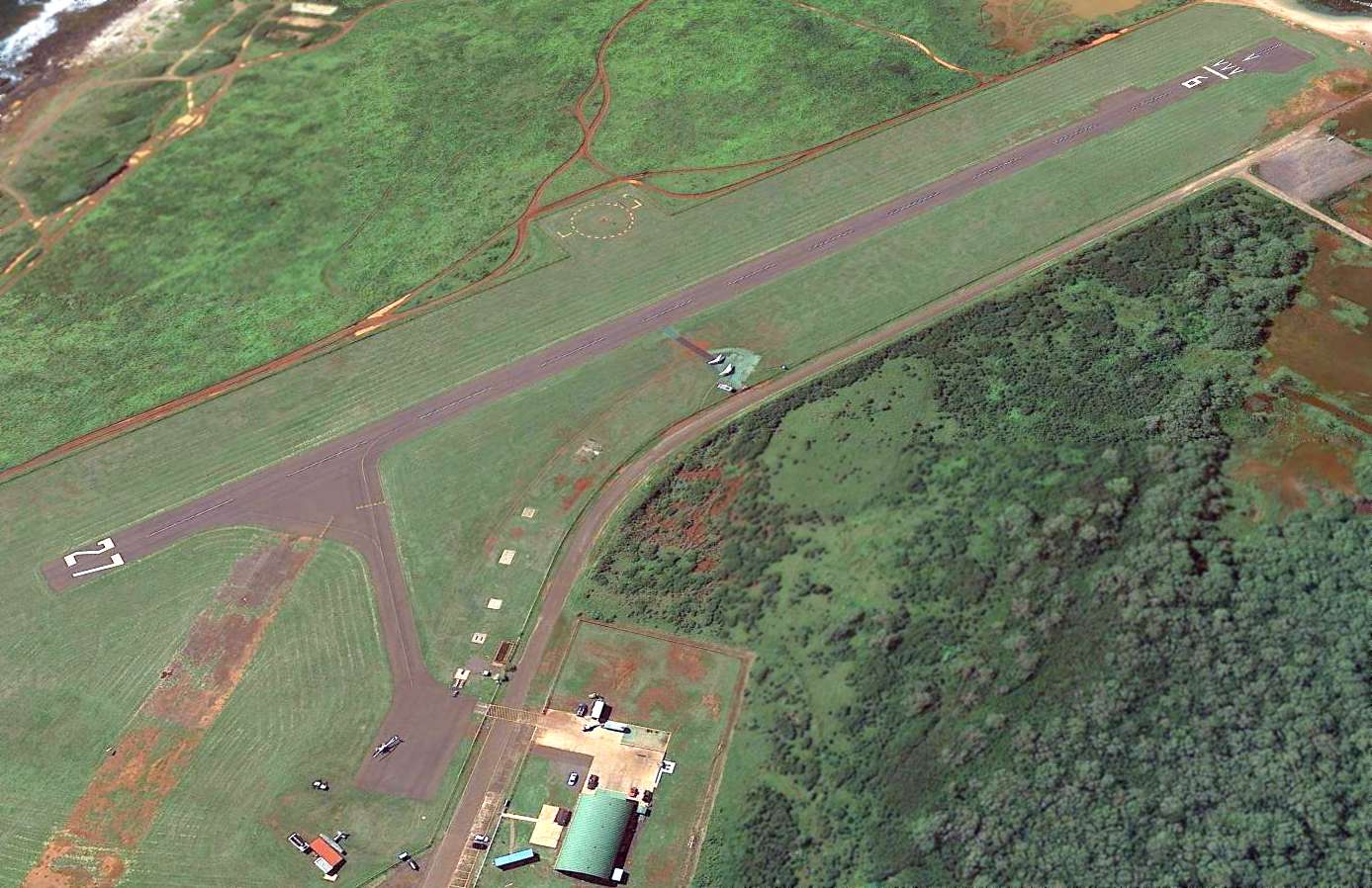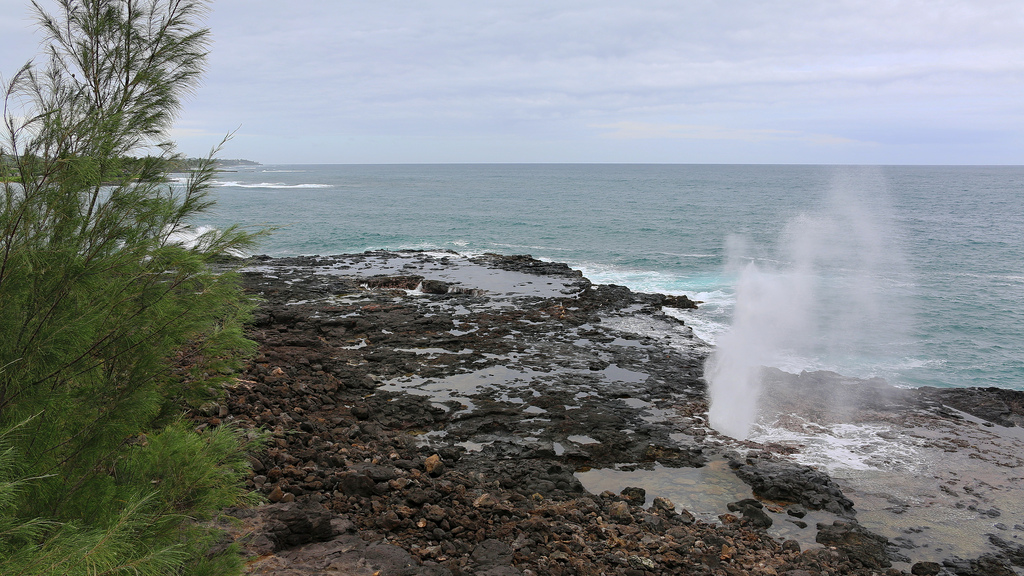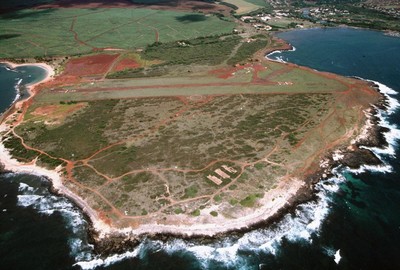







Port Allen Airport is located one mile southwest of Hanapepe, Kauai. It is a general aviation airport currently used for scenic helicopter tours, ultralight aircraft traffic and skydiving. The airport is 184 acres and has one asphalt runway (9-27) which is 2,450 feet long and 60 feet wide. The airport is restricted to aircraft weighing less than 12,500 pounds. The maximum authorized landing weight is S-18.
PAK is owned by the State of Hawaii Airports Division and is operated by the Kauai Airport District in Lihue.
The airport has a long history of serving the aviation community on Kauai.
The first emergency landing strip was built on the island of Kauai in 1919.
In the 1920s the U.S. Signal Corps and U.S. Army Air Corps used a portion of land near Port Allen as a landing strip. A Signal Corps reservation adjoining the airstrip housed personnel operating a communication station on the airfield.
On June 8, 1928 a meeting was held to select a site for a main airport on the Island of Kauai. $15,000 was appropriated for purchase of land at Port Allen to establish an airport. The Army Air Corps later named the airport Burns Field.
The first passenger air service to Kauai was inaugurated by Inter-Island Airways on November 12, 1929, on a twice weekly schedule to Port Allen Airport. Runways at Port Allen were set-up and extended in 1930 using prison labor
In 1931 the Territorial Legislature appropriated $35,000 for an airport more centrally located at Wailua. Inter-Island Airways schedules were increased to three weekly, serving both Wailua and Port Allen. Upon inauguration of service with larger aircraft, operations were transferred back to Port Allen.
Inter-Island Airways was awarded an airmail contract from Honolulu to Kauai on October 8, 1934. Scheduled air mail and passenger service across the Pacific began on September 22, 1935. In 1938, the Civil Aeronautics Administration restricted the use of Wailua declaring it unsafe for larger aircraft, and Inter-Island Airways moved its operations back to Port Allen. Inter-Island augmented its service with larger 16-passenger, S-43 amphibians in 1935 and 1936. These planes, together with DC-3s which were placed in operation in 1941, served the Island of Kauai through Port Allen Airport until the field was closed at the outbreak of World War II.
Prior to World War II $127,100 had been spent on various WPA projects in clearing, grading and paving at Port Allen Airport. After release of the airport by the military in 1946, the runways were rehabilitated at a cost of $33,457, of which the Federal Government contributed $17,500.
During the war, Kauai was served through the Air Force field at Barking Sands. At the outbreak of the war, Port Allen was taken over by the military and, as a safety precaution, the runways placed out of service. After the war, this airfield was used by non-scheduled operators; however, scheduled airlines under CAA regulations were required to continue service from Barking Sands. Port Allen continued to be used by non-scheduled operators and fixed base operators. A total of $33,457 was spent on rehabilitation of the runway system.
Economic pressure gradually forced the non-scheduled operators to suspend operations, and by 1954 only two continued to serve the airport. Numerous private planes were based at Port Allen in the 1950s, among which were aircraft used for aerial photography and to assist commercial fishermen in spotting fish.
Other than the landing areas and a public waiting room with toilet facilities, the physical improvements by 1955 include three privately owned hangars and an office building.
In 1955, Port Allen Airport was comprised of 175 acres of land, and had two runways, 9-27, which was 60-feet wide and 2,500-feet long and paved, and runway 5-23, which was graded to 100-feet wide and 2,600-feet long.
Nonscheduled airlines landing at Port Allen were Cockett Airlines and Andrew Flying Service. Aeronautical services and facilities included a wind sock, paved taxiway and parking aprons, hangar facilities, and 80 octane gasoline. The field was unlighted.
In 1984, security fencing was built at Port Allen Airport
A new Master Plan for Port Allen Airport was proposed in 1988 to allow helicopter operators to obtain leases for the construction of maintenance and passenger facilities.